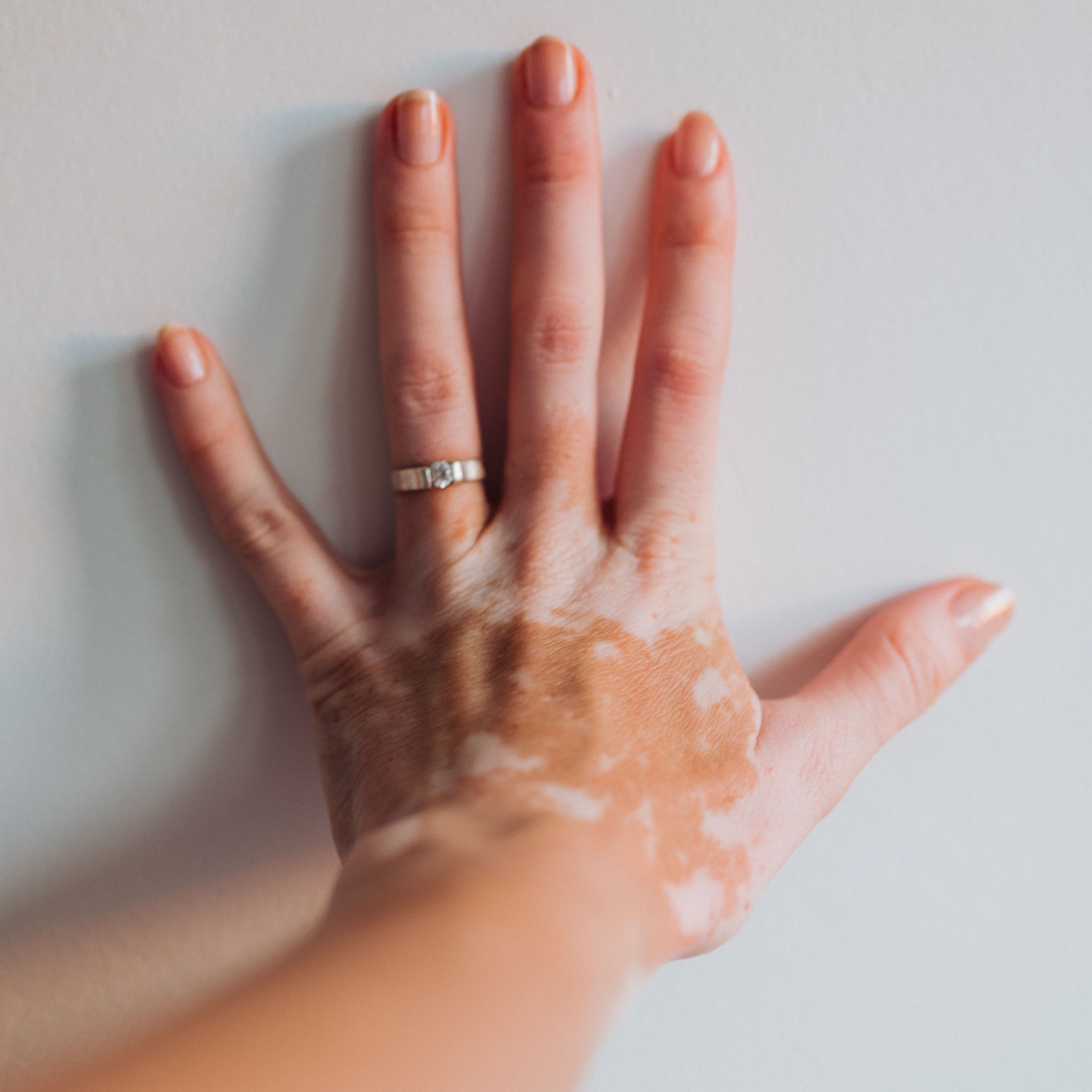Article
Skin Disease Associated with Lower Vitamin E Levels
Author(s):
A systematic review of several skin diseases including vitiligo and acne supported the need to evaluate vitamin E status in affected patients.
Xiaofang Liu, PhD

A systematic review into various chronic inflammatory diseases such as atopic dermatitis and vitiligo showed that vitamin E levels were lower in patients suffering from these diseases.
Investigators led by Xiaofang Liu Department of Food Nutrition and Safety, Dalian Medical University, believed the study highlighted the need to evaluate vitamin E status in order to improve its level in patients with skin diseases.
In recent years, the prevalence of skin disease has been estimated to affect 30%-70% of individuals globally. Liu and investigators hypothesized that the risk of disease could be partly explained by poor serum vitamin E status.
As such, a systematic review and meta-analysis were performed to determine the relationship.
The Methods
Investigators performed a standard literature search, which was conducted in accordance to the Preferred Reporting Items for Systematic Reviews and Meta-Analyses (PRISMA). The studies included in the review were screened and selected independently by 2 authors.
The team collected data from PubMed, Scopus, and Web of Science databases. Articles published up until June 30, 2021, were considered.
From there, the Newcastle-Ottawa Scale was used to assess the quality of included case control studies. With this scale, each study was categorized into 3 groups: selection of study groups, comparability of groups, and ascertainment of exposure/outcome.
In total, 892 studies were included, with 192 from PubMed, 58 from Scopus, and 642 from Web of Science. Further, investigators included 20 case-control studies with a total of 1172 patients.
All analyses were performed using Stata software (Stata Statistical Software, Release 13; StataCorp LP, College Station, TX, USA). In order to explore heterogeneity, subgroup and meta-regression were performed to determine the effects of the study quality, region. Study size, age, gender, and whether gender or age-matched controls on the levels of serum vitamin E levels of patients with chronic inflammatory skin diseases.
Skin diseases included in the selected studies were vitiligo, psoriasis, atopic dermatitis, and acne.
The Findings
Of the 20 articles that met the inclusion criteria, a lower vitamin E level was observed in patients with vitiligo (SMD: -0.70, 95% CI: -1.21 to -0.19), psoriasis (SMD: -2.73, 95% CI: -3.57 to -1.18), atopic dermatitis (SMD: -1.08, 95% CI: -1.80 to -0.36) and acne (SMD: -0.67, 95% CI: -1.05 to -0.30) when compared to controls.
Levels of serum vitamin E in patients with vitiligo were reported in 7 studies. Compared to the control group, patients with vitiligo had signigicantly lower levels of serum vitamin E(SSMD: -0.70, 95% CI: -1.21 to -0.19).
A total of 6 studies investigated the change of serum vitamin E levels in patients with psoriasis, while 4 and 3 studies focused on atopic dermatitis and acne, respectively. In all studies, lower levels of serum vitamin E were observed in patients affected by skin disease.
The investigative team believed the data were vitally important regarding the future of randomized controlled trials that could reveal a direct cause and effect relationship between vitamin E intake and the risk of skin disease.
“Furthermore, the potential mechanism associated with the preventive effects of vitamin E should be further elucidated in future studies,” the team wrote.
The study, “Serum vitamin E levels and chronic inflammatory skin diseases: A systematic review and meta-analysis,” was published online in Plos One.





